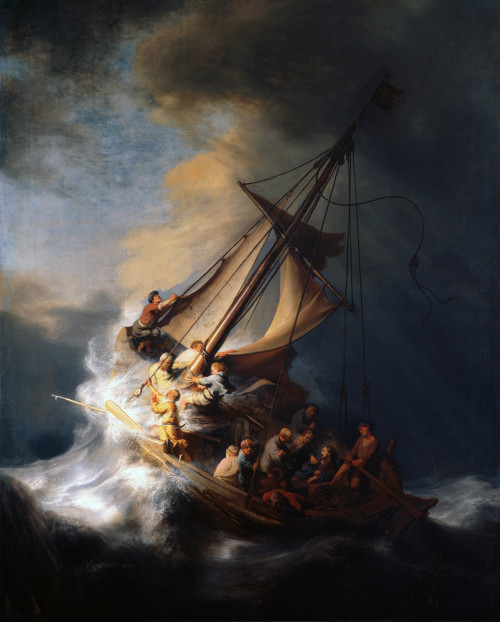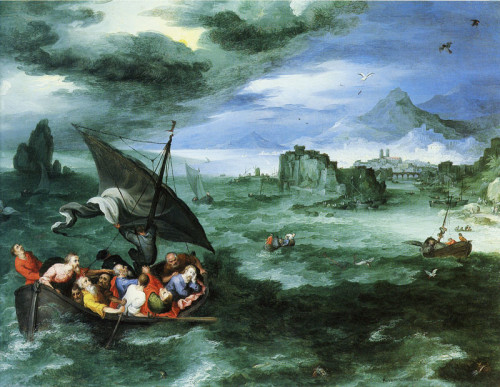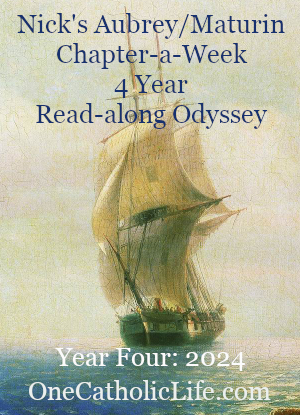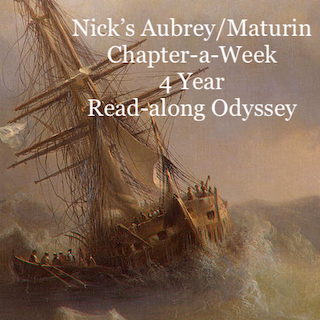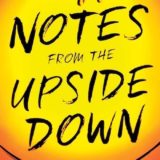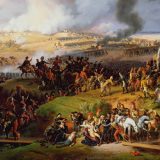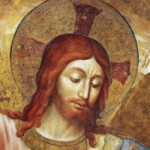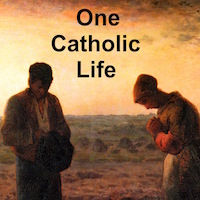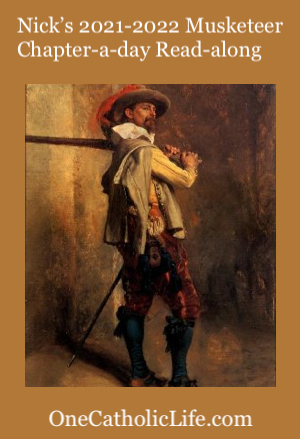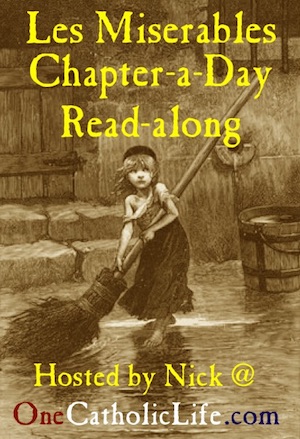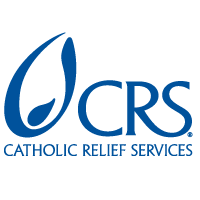The Message of the Sea – Homily for the 12th Sunday in Ordinary Time
I love a good historical novel about ships and sailing,
especially stories set in the Napoleonic era,
when England and France battled on the high seas.
But, though my mom and dad were both in the Navy,
I’m not much of a sailor myself.
The first and only time I sailed on the ocean
was twenty-five years ago, when Brenda and I took the ferry
from Seattle to Victoria, British Columbia,
on our honeymoon.
For a short period of time—only about 15 or 20 minutes—
land was out of sight,
and we were completely surrounded by water in all directions.
I have to admit, I’m glad it was only for that short time.
As much as I love reading stories about ships at sea,
I was nervous being on this ship
in the middle of the great blue ocean.
When you’re at sea you’re at the whim
of the the waves and and wind.
For Christians in the first century,
the sea was even more frightening.
Those were the days before cruise ships,
before sonar, before electric spotlights, or satellite navigation.
The image of the sea runs through the readings of today’s liturgy.
God asks Job, “Who shut within doors
the sea?”
In the responsorial psalm God raises up a storm on the sea
and then calms it.
And in the gospel we have the dramatic scene
of Jesus calming the storm on the Sea of Galilee.
God is using the sea to speak to us today.
In the gospel, Mark refers to the “Sea of Galilee,”
but it’s really just a lake,
only about 13 miles long and 8 miles wide.
It’s not much bigger than Lake Coeur D’Alene.
It’s also known as Lake Gennesaret or Lake Kinneret.
But Mark calls it a sea,
to suggest images of chaotic power,
of sea monsters, of evil.
The sea is a place of mystery,
of powerful forces hidden below the surface.
It is something to be feared,
a mysterious depth that no one but God can control.
It is at the shore of this fearful depth,
as evening descends,
that Jesus says, “Let us cross to the other side.”
He says the same thing to us today.
“Come with me.
Get into my boat and let’s cross this sea together.”
So the disciples get into the boat with Jesus
and begin making their way across the sea,
when suddenly a violent storm comes up.
There’s a powerful painting of this scene by Rembrandt.
In his painting the front of the boat is high in the air,
lifted by dark waves that crash over the side.
Inside the boat, the disciples are each doing different things.
One is trying to climb up onto the mast,
taking things into his own hands.
Another is in the back of the boat with his hand on his forehead
getting sick into the sea.
One is just staring out at the water in panic as if to say,
“What is happening?”
And a couple of the disciples are staring angrily at Jesus
who is very calm in the back of the boat.
Mark tells this event
to a church that was facing storms of its own.
It was facing persecutions,
and doubts about whether Christ would return.
We, too, encounter violent storms
as we sail on the sea of our lives.
Many things in the world disturb us,
shake our faith, weaken our confidence in God.
We have only to pick up a newspaper, turn on the evening news,
or scan the latest headlines
to see that life is turbulent.
And the trials of daily life, both great and small,
crash over the side of our tiny fishing boat.
Our little boats, the boats of our lives,
are tossed and turned as the waves pour in.
If we were to look closely at Rembrandt’s painting,
we would notice that there are actually thirteen people
in the boat with Jesus.
Jesus is there with his twelve disciples,
but there is an extra person.
Rembrandt painted himself into the scene.
We can do the same
and imagine ourselves in the boat on the stormy sea of Galilee.
All around us are the wild forces of nature:
the darkened sky, the wild wind, the heaving sea.
All around us are the wild forces of our lives:
violence and prejudice;
illness and poverty;
stress and self-doubt
What waves are crashing in on us today?
Today we bring the storms of our life into the gospel.
We find ourselves with the disciples
in the tiny fishing boat on the Sea of Galilee.
Which of the disciples do I most identify with?
Am I trying to climb the mast of the ship,
trying to take things into my own hands?
Or am I just barely hanging on,
head in hands at the end of the boat, getting sick into the sea?
Am I just staring out at the waves,
not knowing how to act, not knowing what to do,
paralyzed?
Or am I looking angrily at Jesus yelling, “Why aren’t you awake?”
We all react to the storms of our lives in different ways.
And there, at the rear of the boat,
resting quietly on a cushion,
is Jesus.
See him resting quietly, fully trusting in the Father.
Fully trusting in the one who made the sea,
in the one who harnessed the oceans.
He is calm, he is peaceful. The Prince of Peace.
And now the disciples wake him up and they say,
“Don’t you care about us?”
Jesus rises to his full height,
and speaking in the same manner as when he drives out demons,
he says to the storm,
“Quiet! Be still!”
He rebukes the wind just as he rebukes demons.
The disciples ask,
“Who then is this whom even wind and sea obey?”
This is no ordinary person.
This is God present with us in the storms of our lives,
come to accompany us in the midst of our upheavals,
in the midst of our greatest fears,
come to be with us.
And this is God, who challenges us to have faith in him,
to remember who God is.
That is the message of Job,
that is the message of the gospel.
Not to forget who God is.
Faith doesn’t mean smooth sailing.
Faith means knowing who God is
and knowing who I am in relationship to God
and allowing that relationship to bring about peace in my heart,
to bring about calm.
And finally, on this Father’s Day weekend
there is a special message for fathers in today’s liturgy.
If you have one of the parish calendars,
you might have noticed the picture for this month of June.
It’s another painting of the Storm on the Sea of Galilee,
this time by Jan Brueghel the Elder.
It brings out something in the gospel
that might otherwise be forgotten:
in the midst of the violent storm
there are other boats on the Sea of Galilee,
other people following Jesus across the water.
“And other boats were with him,” Mark tells us.
Looking at the painting closely,
we see that the people in the other boats
are looking at Jesus and the apostles.
They are looking for leadership;
they are looking for guidance.
How are the apostles reacting to the storm?
Are they confident and trusting,
or are they fearful?
That’s the same way that children look to their parents.
When life is chaotic and stressful,
when a family’s boat is tossed about on a stormy sea,
children look to their parents to know how to react.
On this Father’s Day weekend
we give thanks to all fathers and grandfathers
who have weathered the storms of life
by placing their boats in God’s hands.
Their example has shown us the way.
And we who are fathers
are challenged to do the same,
putting faith in God,
building our relationship with Christ each day.
Just as we spend time servicing and maintaining the boats
we take to the lake each summer weekend,
we are challenged to take the time
to service and maintain the boats
on which we sail the sea of life.
And then when the winds blow and the waves crash,
we will remember who God is,
and our faith will keep us and our families calm and unafraid.
Thanks to Soul Shepherding for inspiration and information on Rembrandt’s painting.
Podcast: Play in new window | Download
Subscribe: RSS

